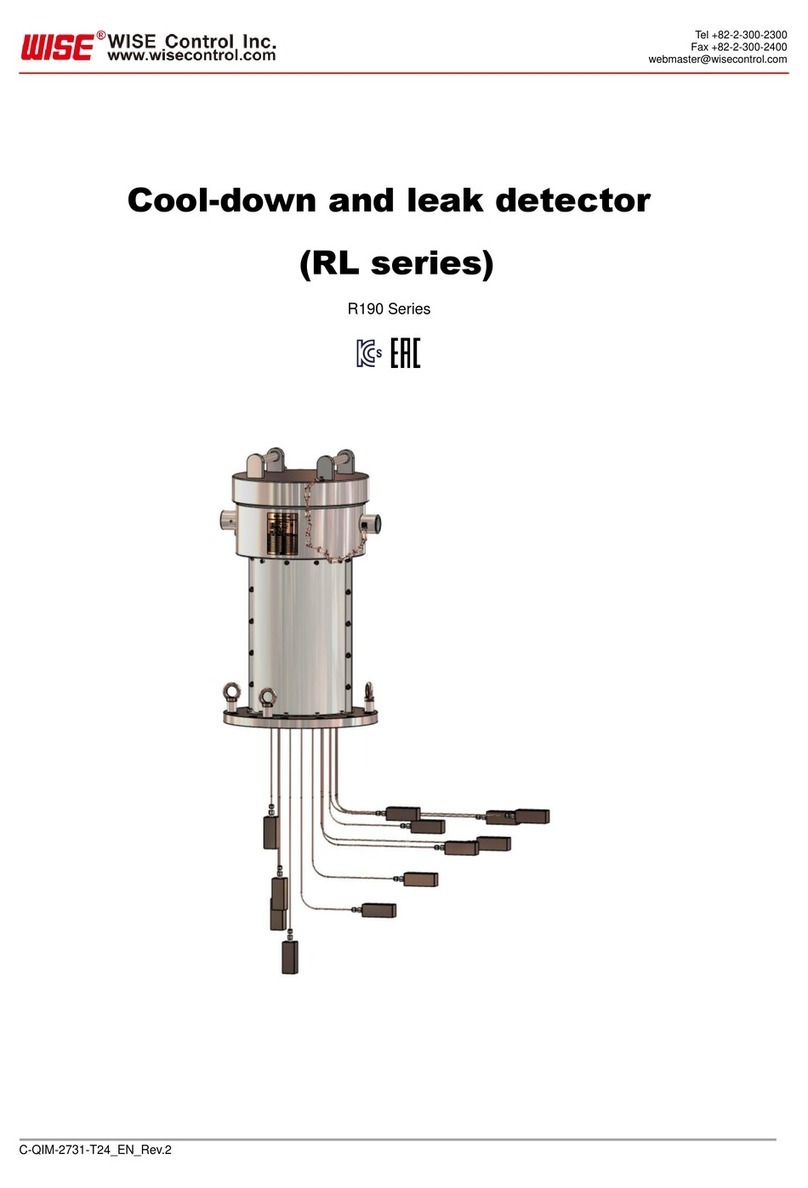
1
Tel +82-2-300-2300
Fax +82-2-300-2400
Contents
1. General items...................................................................................................................... 3
1.1 Introduction.........................................................................................................................3
1.2 Application.......................................................................................................................... 3
1.3 Warranty.............................................................................................................................3
2. Warning............................................................................................................................... 4
3. Main specs..........................................................................................................................5
3.1 Explosion-proof...................................................................................................................5
3.2 Protection grade.................................................................................................................5
3.3 Temperature sensor types .................................................................................................5
3.4 Accuracy and tolerances.................................................................................................... 5
4. Design................................................................................................................................. 7
4.1 Structure.............................................................................................................................7
4.1.1 Basic type........................................................................................................................ 7
4.1.2 Spring loaded type ..........................................................................................................7
4.1.3 Remote type.................................................................................................................... 7
4.1.4 Extended lead wire type.................................................................................................. 7
4.2 Head................................................................................................................................... 8
4.3 Detector unit and process connection unit material...........................................................9
4.4 Process connection unit................................................................................................... 10
4.4.1 Sheathed cable (MI cable) type..................................................................................... 10
4.4.2 Remote type.................................................................................................................. 10
4.4.3 Extended lead wire type................................................................................................ 11
4.5 Relationship between process connection unit length and head temperature increase.. 12
4.6 Electric parameters...........................................................................................................13
4.6.1 Increased safety (Ex e) ................................................................................................. 13
4.6.2 Intrinsically safe (Ex ia) .................................................................................................13
5. Installation guide ...............................................................................................................14
5.1 Pre-installation checks and precautions...........................................................................14
5.2 Installation requirement....................................................................................................14
5.3 Installation in explosion proof areas.................................................................................16
6. Wiring ................................................................................................................................17
6.1 Extension & compensation wire....................................................................................... 17
6.1.1 Thermocouple(TC) ........................................................................................................17
6.1.2 Resistance thermometer detector(RTD)....................................................................... 17
6.2 Precaution for wiring.........................................................................................................18
6.3 Terminal block wiring........................................................................................................19
6.3.1 Thermocouple (TC) ....................................................................................................... 19
6.3.2 Resistance thermometer detector (RTD)...................................................................... 20




























